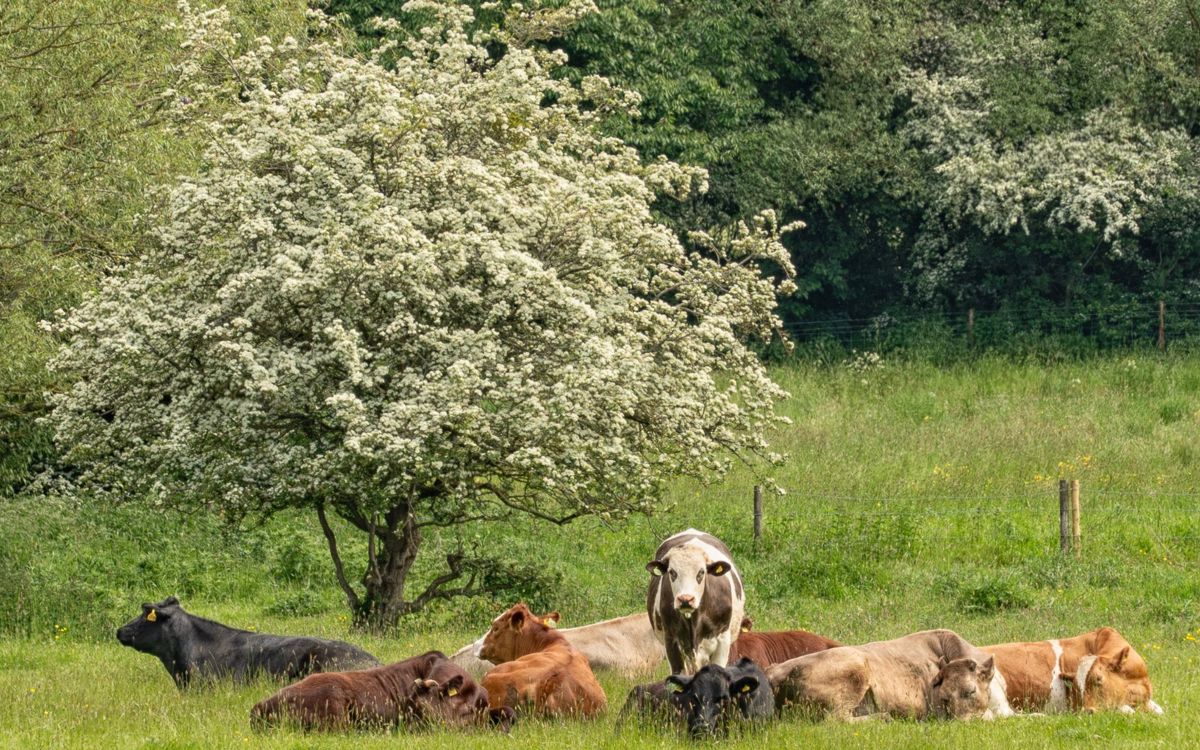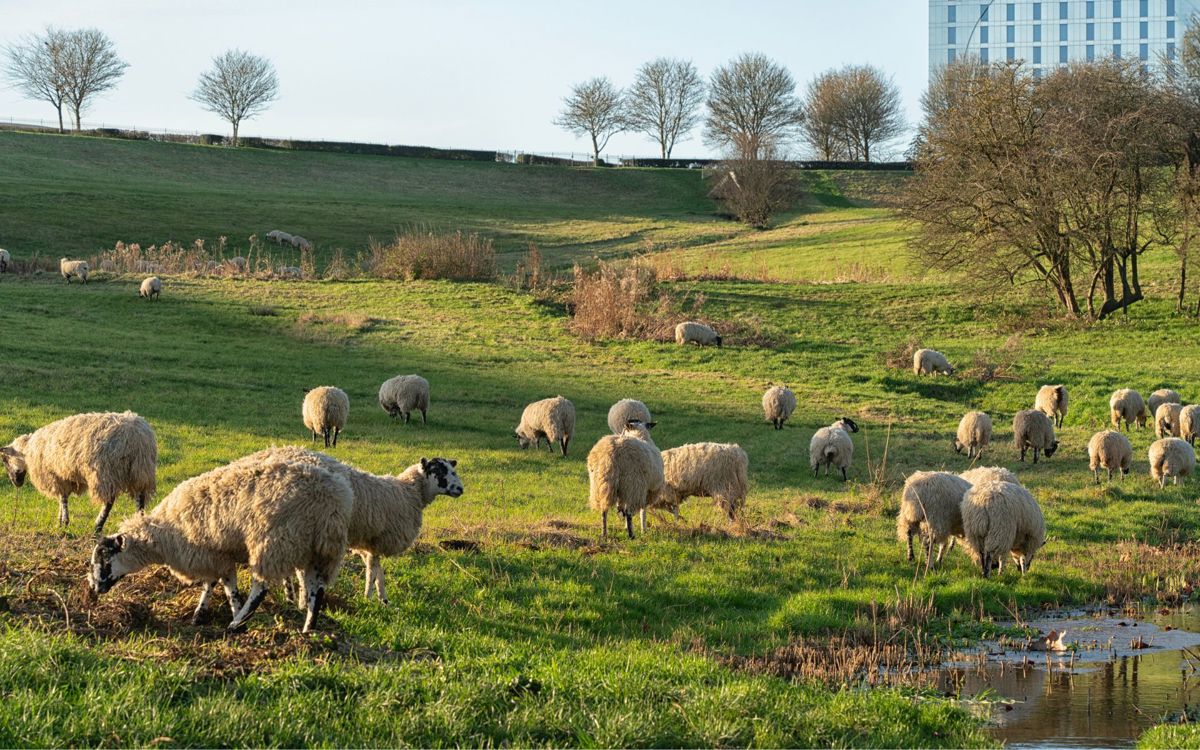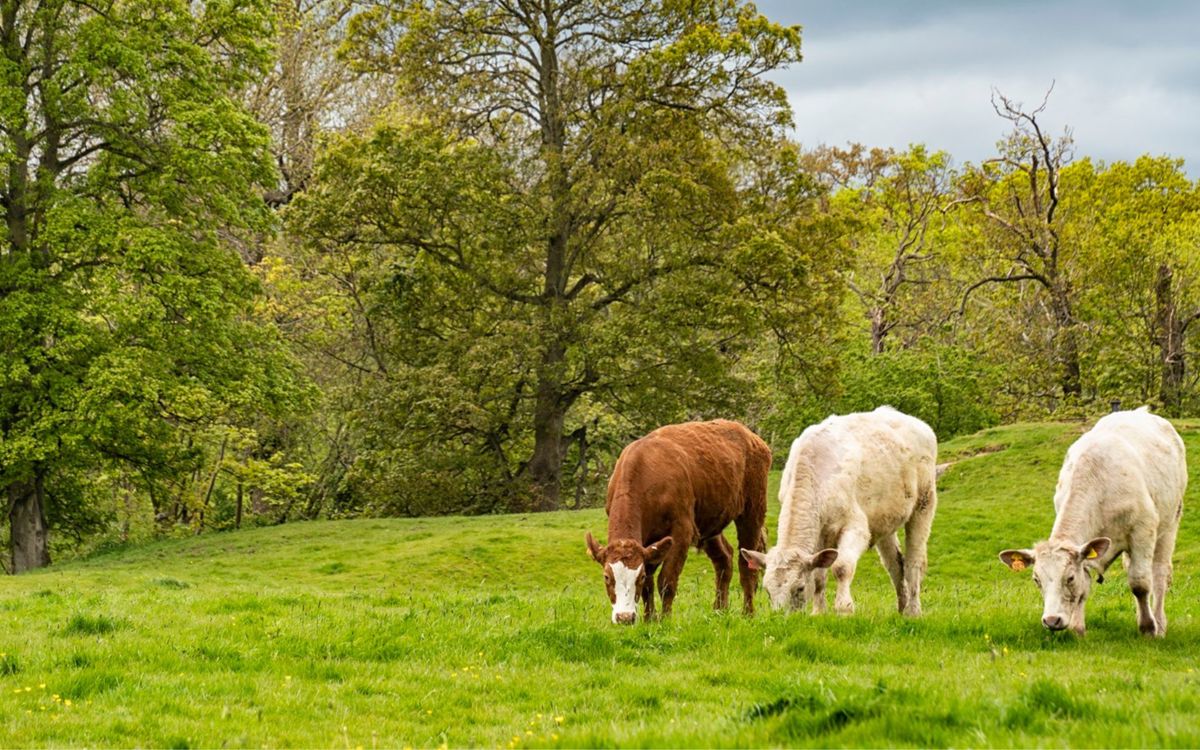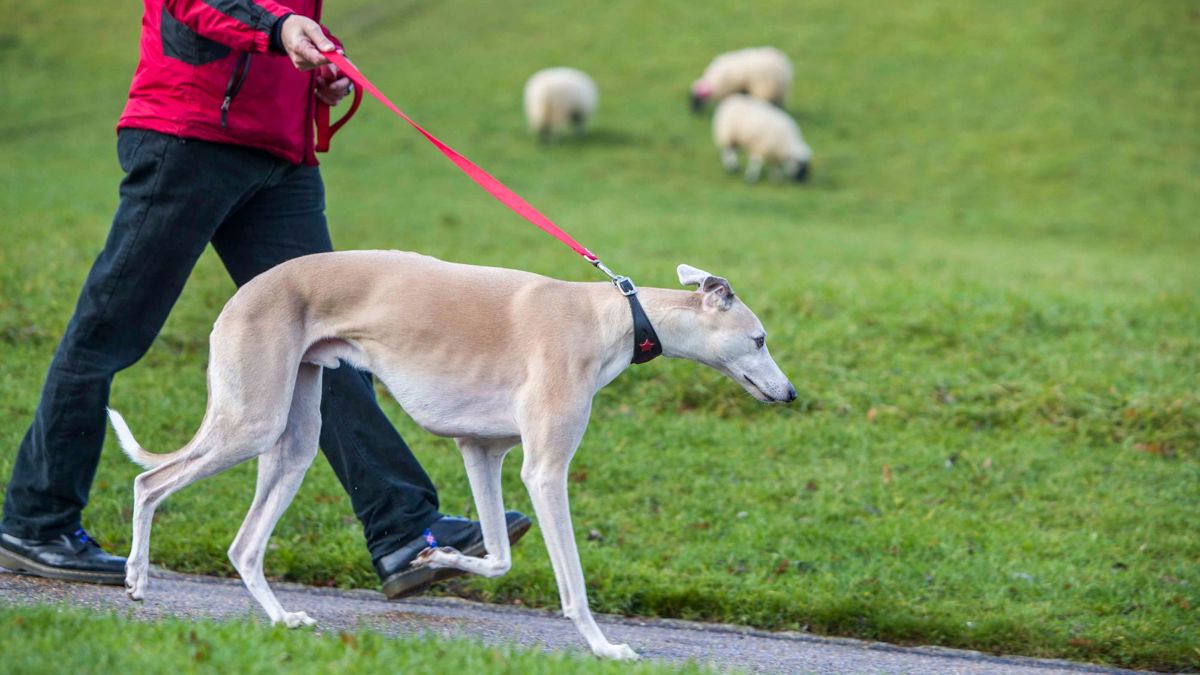
Milton Keynes is unique in many ways, but having sheep and cattle in the parks is one of the city’s most unusual and treasured features.

As you’re out and about around the parks, you may come across grazing animals. The Parks Trust works with a farming partner and a number of our fields are used to graze our animals. At the height of summer, The Parks Trust has around 350 to 500 cattle and 400 sheep out in our fields.
From early spring to the autumn, sheep and cattle will be rotated to different fields to ensure they have sufficient food and to reduce the impact on the land. During the winter months our livestock are taken to the farm and housed in barns to protect them from the harshest weather.

The sheep and cattle help us to maintain wildlife habitats, creating better conditions for a great variety of wildflowers which in turn attract many pollinating insects such as butterflies, bees and hoverflies as well as larger animals and birds.
Without grazing livestock, we would need to use heavy machinery more regularly to mow the grass and then remove the cuttings. If the cut grass is not removed, the nutrients enrich the soil, promoting strong grasses that would outcompete the wildflowers. Grazing with sheep is also more sustainable and cost effective than cutting the grass as it means that we do not need to use machinery as frequently.

Sheep and cattle also help us to maintain our historical sites. We are lucky that we have many ancient monuments and features within the parks, including medieval villages. The livestock help us keep the grass down in these areas, meaning that we are less likely to damage the landscape.
The livestock provide us with a connection to our farming heritage. Until relatively recently Milton Keynes was largely fields used for farming. We continue this cultural heritage and believe that having livestock in our parks brings delight, understanding and connection to animals and farming.

This is the biggest problem that we face in caring for our livestock. We ask all dog owners to ensure their dogs are on a lead when they are entering fields used for grazing. This keeps both you and our livestock safe.
